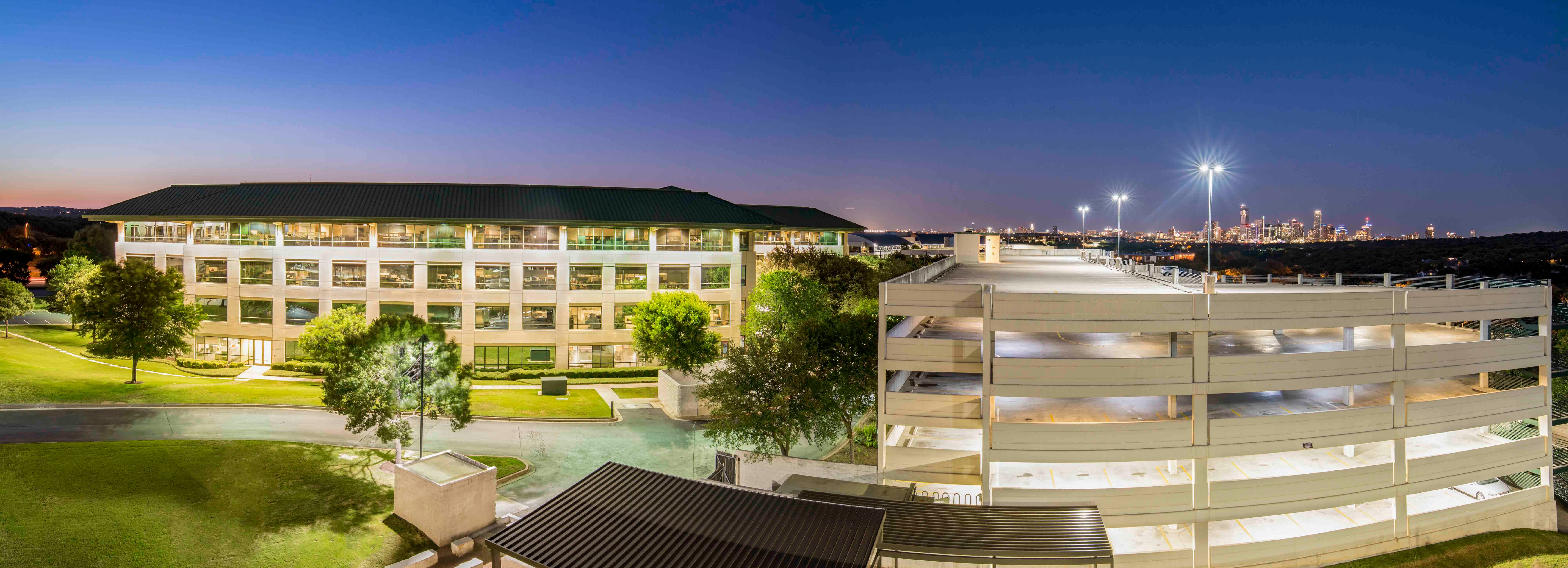 Kyle Frazier says barriers are beginning to fade and solar is hitting the mainstream.
Kyle Frazier says barriers are beginning to fade and solar is hitting the mainstream.
AUSTIN, TX—Freedom Solar, the longest-existing solar power provider in Texas, grew revenue by 75% to nearly $50 million last year. The firm completed 1,288 commercial and residential installations in 2019 for a total of 13.69 megawatts of solar power in comparison to 8 MW of solar power in 2018.
Residential sales increased by 94% in 2019 driven by growing consumer interest in solar, especially in the competitive electricity markets across Texas. San Antonio and Austin have historically been the largest solar markets in Texas due to rebates offered by the municipally owned utilities. As the price of installing solar continues to fall, there is growing interest in solar and back-up power among homeowners in the deregulated areas where 85% of the state's population lives, including Houston and the Dallas-Fort Worth metro.
Almost half of Freedom Solar's 2019 residential sales came from the Austin market, about one-quarter each from San Antonio and DFW, and 10% from the Houston market. Freedom Solar recently moved its Houston headquarters to expanded facilities to accommodate the doubling of its Bayou City sales. Freedom expects to add more than 15 new employees there during first quarter 2020 alone.
Commercial solar is also growing as businesses seek differentiation in a competitive labor market. During the past year, Freedom has identified a growing trend toward solar among Texas automobile dealerships, which consume roughly 18% more energy per square foot than the average office building, much of it attributable to lot and display lighting. But Freedom is also seeing solar growth in industries such as financial institutions, hotels, multifamily and distribution centers.
A big factor in the decisions of many of Freedom's customers to go solar has been the federal solar tax credit, also known as the investment tax credit, which allows homeowners and businesses to deduct a significant percentage of the cost of installing a new solar energy system from federal income taxes, with no cap on its value. The tax credit has stepped down from 30% in 2019 to 26% in 2020 and drops to 22% in 2021. In 2022, the credit will be eliminated for residential projects and will fall to 10% for commercial projects.
In this exclusive, Kyle Frazier, Freedom Solar chief revenue officer, recently shared insights into the advantages of solar, the biggest barriers to going solar, how the price point in Dallas is encouraging more usage and solar trends finding a foothold in Texas.
GlobeSt.com: What advantages does solar power offer?
Frazier: Solar power offers companies a way to lower their operating expenses, reduce tax liability, inspire customer loyalty, and improve employee retention by aligning the business with both customers and employees' values and interest in sustainability.
GlobeSt.com: How is Dallas factoring into the equation for solar usage and why?
Frazier: Dallas has seen significant growth in onsite solar as the price point has dropped to a level that makes it competitive with today's energy prices and as consumers understand the benefit of hedging electricity costs against higher utility rates in the future. Although the amount of solar installed in Dallas and Houston remains small relative to other Texas cities like San Antonio and Austin, we expect to see an ever bigger proportion of our revenue coming from North Texas and the Gulf Coast.
GlobeSt.com: To what do you attribute solar's trajectory going into a new decade?
Frazier: The biggest barriers to going solar for most people are concern about cost and a lack of familiarity with the experience of going solar. With financing options that make solar competitive to an existing electricity bill, and 12 people going solar every single day across Texas, both of those barriers are beginning to fade and solar is hitting the mainstream. We believe that natural demand will continue to stimulate growth in the solar industry even as the federal investment tax credit steps down over the next couple of years.
GlobeSt.com: What other solar trends are evident in the Texas market?
Frazier: Battery storage continues to have a questionable financial return, but it is on the cusp of a boom. Utility scale solar also continues to grow especially in West Texas. With high consumer demand for solar, we are seeing more utilities and electric cooperatives explore opportunities to add more solar to their electricity mix.
GlobeSt.com: Why is Houston the best place for an expansion?
Frazier: Houston has many of the same market dynamics as Dallas, and we know that it's on the verge of seeing significant growth for solar. Plus, Houston is the energy capital of the world, and solar is the energy of the future. Even many people in the petroleum industry are expressing interest in solar these days.
© 2025 ALM Global, LLC, All Rights Reserved. Request academic re-use from www.copyright.com. All other uses, submit a request to [email protected]. For more information visit Asset & Logo Licensing.








